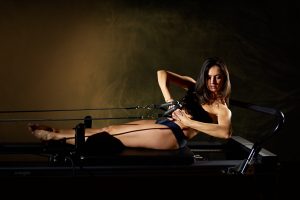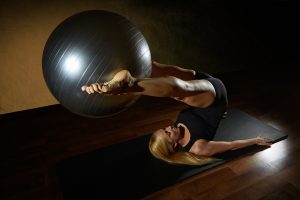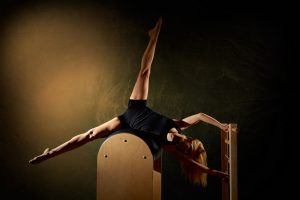 The origin of Pilates dates from the early 20th century, 1910 more precisely. The creator of the Pilates method, Joseph Pilates, has designed this form of movement to improve his quality of life. He arrived at the conclusion that our modern lifestyle, poor posture and ineffective breathing were the roots of poor health, and eventually, he developed a series of training exercises and techniques, designed all the equipment, and set all the necessary instructions to teach them properly.
The origin of Pilates dates from the early 20th century, 1910 more precisely. The creator of the Pilates method, Joseph Pilates, has designed this form of movement to improve his quality of life. He arrived at the conclusion that our modern lifestyle, poor posture and ineffective breathing were the roots of poor health, and eventually, he developed a series of training exercises and techniques, designed all the equipment, and set all the necessary instructions to teach them properly.
The techniques used in Pilates are designed for any person, even for those with a poor physical condition, because these exercises are low in intensity and do not require a high effort on the heart. For those who have limited energy resources but want to strengthen their body, Pilates is the ideal choice and the results will not be delayed, if the exercises are practiced regularly. Before you take Pilates as a challenge and start exercising on your home floor, it is advisable to learn basic things from a Pilates instructor. Remember these things and never try to experience without the advice of a certified person in the field.
A great advantage of practicing Pilates with a personal instructor is that he/she will always know what muscle groups should be put to work and with what exercises, in order to avoid having side effects on the muscles. The trainer will also guide you in using the specific equipment: Reformer, Tower Reformer, Ladder Barrel, Spine Corrector, Magic Circle.
Pilates exercises are more effective than the resistance exercises, which many people practice in the gym. Why? Because Pilates aims to strengthen the abdominals, dorsal and pelvic muscles, the deep muscles that help maintaining the correct posture. The personal instructor will advise on how best to position yourself during the exercises, so you get the maximum benefit from them.
Pilates exercises are more effective than exercise exercises, which many people practice. Because the pilates is aimed at strengthening the abdominal, dorsal and pelvic muscles, many other muscle groups printable, the personal instructor will advise on how best to position yourself for exercise to give a maximum result.









